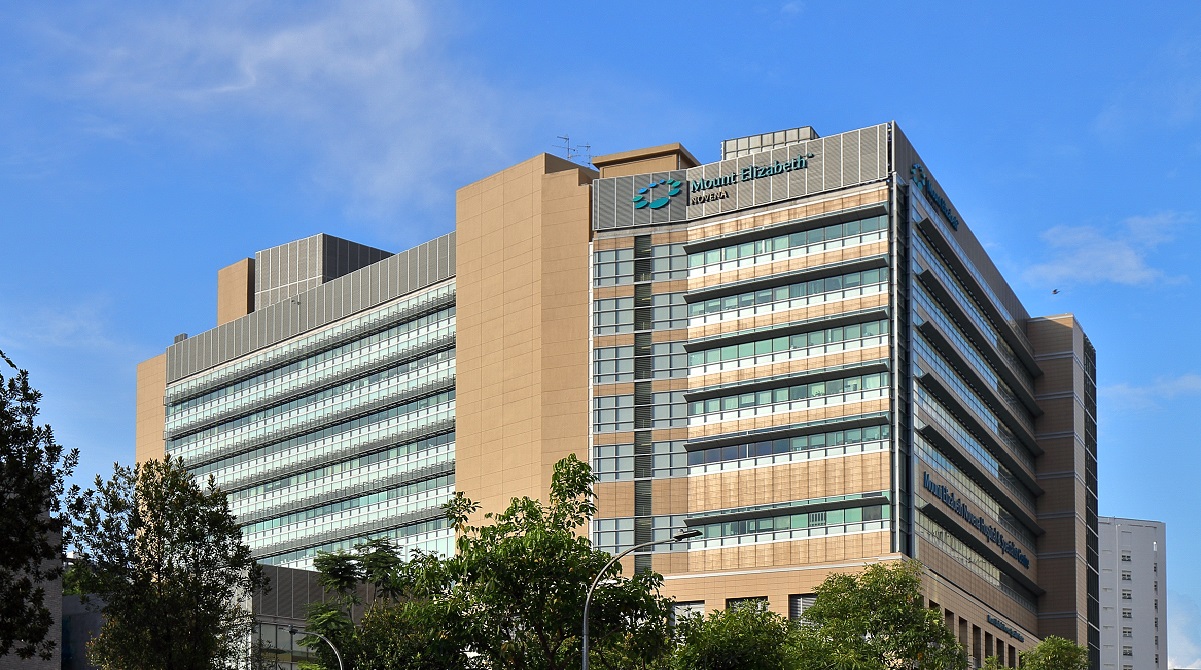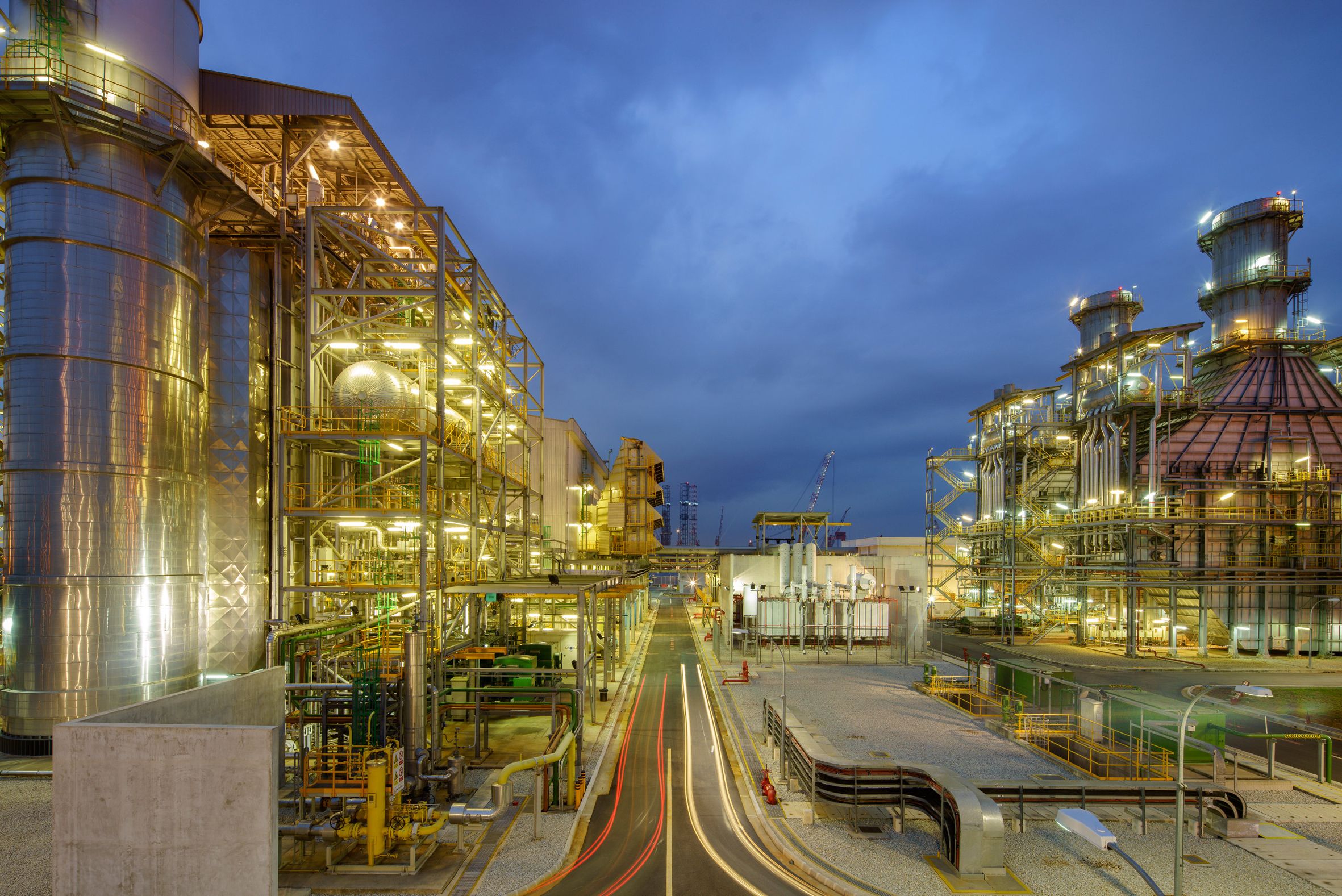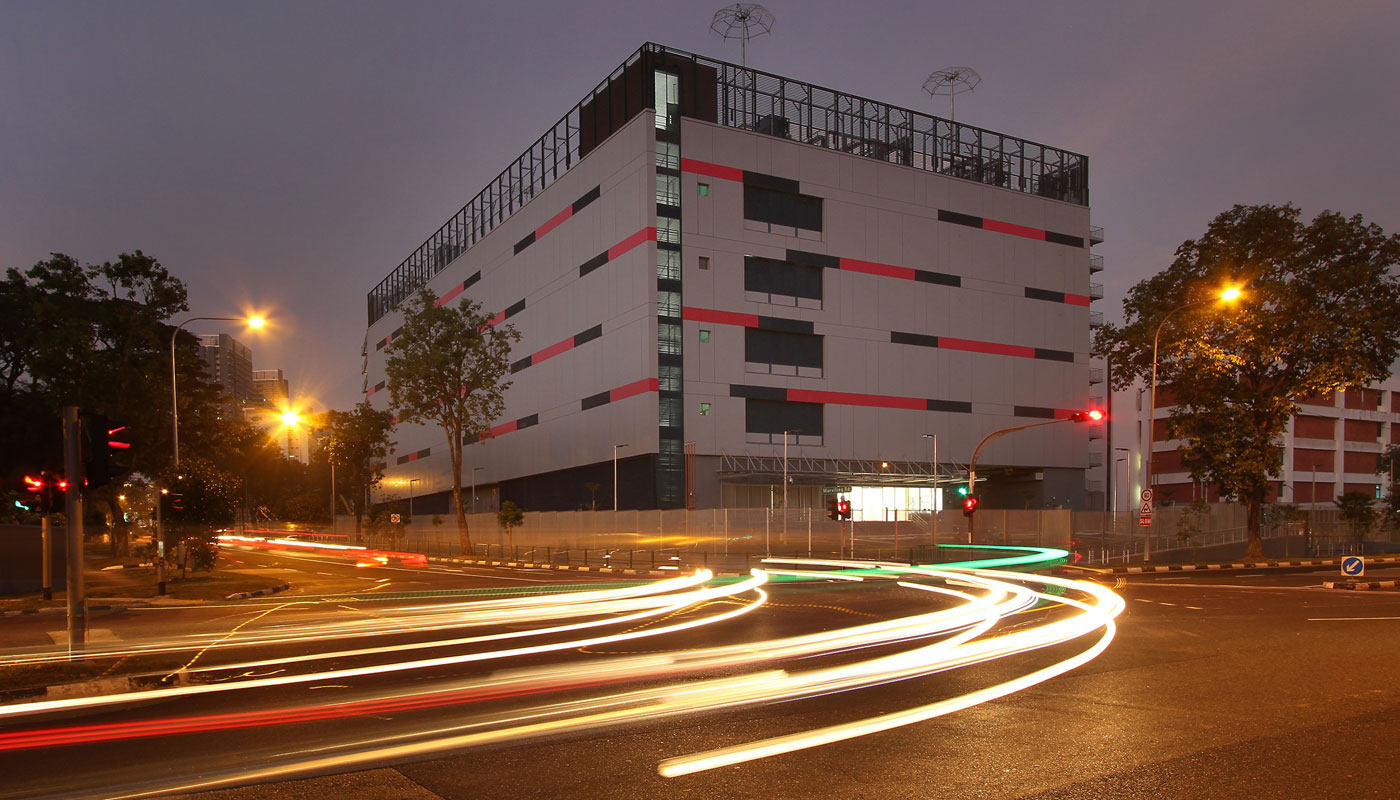On 27 January 2023, Parkway Life REIT (“PLife”) announced their full year result for the financial year 2022. They have continued to do well for themselves, with their uninterrupted uptrend of DPU growth. To me the stability is a favored one, especially as the world continues to face uncertainties. Have compiled their information in the blog below.
Website: Financial Statements And Related Announcement::Full Yearly Results
Background
PLife is one of Asia’s largest listed healthcare Real Estate Investment Trusts (“REIT”). It invests in income-producing real estate and real estate-related assets used primarily for healthcare and healthcare-related purposes. As at 31 December 2022, PLife’s total portfolio size stands at 61 properties totaling approximately SGD2.20 billion.
It owns the largest portfolio of strategically located private hospitals in Singapore comprising Mount Elizabeth Hospital, Gleneagles Hospital and Parkway East Hospital. In addition, it has 57 assets located in Japan, including one pharmaceutical product distributing and manufacturing facility in Chiba Prefecture as well as 56 high quality nursing home and care facility properties in various prefectures of Japan. It also owns strata-titled units/lots at Kuala Lumpur in Malaysia.
PLife have been expanding their Japan nursing homes over the last few years. Japan is one of the countries with the highest aging population and if they can leverage their expertise, they can move to other countries once aging population becomes a problem there. Due to lower birth rates and, ironically, advancements in healthcare, aging population is an increasing situation in almost every country around the world.
Key Metrics
Distribution Per Unit (“DPU”)
| Metrics | Current | Previous |
|---|---|---|
| Distribution Per Unit | +2.1% | No Info |
Based on the announcement on 27 January 2023 November 2022, DPU have increased by 2.1% to SGD0.1438 for the full financial year 2022 as compared to SGD0.1408 in the previous financial year. The increase in DPU is mainly attributable to the increase in gross revenue.
This metric is Favorable as the DPU growth is organic.
Occupancy
| Metrics | Current | Previous |
|---|---|---|
| Occupancy | 99.7% | 99.7% |
Occupancy rate as at 31 December 2022 stands at 99.7%, unchanged from the previous quarter. It is worth noting that their Singapore and Japan assets are committed at 100%, which are the major components of their assets. It is pulled down by PLife’s sole Malaysian medical center, which stood at 31%. It is above my expected healthy occupancy rate of 95% and PLife have been able to fully utilize their assets.
This metric is Favorable.
Gearing ratio
| Metrics | Current | Previous |
|---|---|---|
| Gearing Ratio | 36.4% | 34.7% |
Gearing ratio stands at 36.4% as at 31 December 2022, increased from 34.7% in the previous quarter. The increase in this quarter was due to PLife have issued a fixed rate note of JPY5,000 million (approximately SGD50.9 million) for 6 years till 2028.
The intention is to term out fixed rate note of JPY 3,000 million (approximately SGD30.5 million) in advance of its maturity in June 2023 and fixed rate note of JPY 2,000 million (approximately SGD20.4 million) upon its maturity in June 2023. The increase in gearing ratio is thus temporary once they have fully repaid their upcoming fixed rate notes, and their gearing ratio is a distance away from the MAS limit of 50%.
This metric to me is Favorable.
Interest coverage
| Metrics | Current | Previous |
|---|---|---|
| Interest Coverage | 18.3x | 18.6x |
The interest coverage stands at 18.3 times, attributable by their low cost of debt of 1.04%. This is Favorable.
It was worth noting however that interest rates may easily rise as the world looks to tackle inflation. The Federal Reserve has hiked interest rates to 4.25% recently, and is expecting another quarter-point increase next month bringing the rate to a range between 4.5% and 4.75%.
Website: Fed Sets Course for Milder Interest-Rate Rise in February
As the interest rate may potentially increase further, PLife may be subjected to significant change in their cost of debt in the near future. In their presentation they have mentioned that 80% of their interest rate have been hedged. Furthermore a portion of their debt is also on fixed rates.
I have thus performed a sensitivity analysis using the information as at 31 December 2022:
| Description | Amount (SGD’000) |
|---|---|
| Total Debt | $879,789 |
| Debt Not Hedged (%) | 20% |
| Debt at Floating Rate Exposed | $175,958 |
| Distributable Income FY2022 | $87,004 |
Interest rate sensitivity analysis as below:
| Change in Interest Rates | Decrease in Distributable Income (SGD’000) | Change as % of FY2022 Distribution |
|---|---|---|
| + 50 bps | -$880 | -1.0% |
| + 100 bps | -$1,760 | -1.9% |
| + 150 bps | -$2,639 | -2.9% |
| + 200 bps | -$3,519 | -3.8% |
| + 250 bps | -$4,399 | -4.8% |
| + 300 bps | -$5,279 | -5.7% |
Do note the above is my estimation which may be different from management’s estimation. Nonetheless, if the interest rates were to increase by the basis points above, PLife may experience a fall in DPU accordingly.
Debt maturity profile
| Metrics | Current | Previous |
|---|---|---|
| Debt Maturity Profile | 3.4 years | 2.9 years |
Weighted average term to maturity of their debt stands at 3.4 years as at 31 December 2022. This is Favorable and it allows them sufficient time to refinance their debts as they fall due.
Price to Book Ratio
| Metrics | Current | Previous |
|---|---|---|
| Price to Book Ratio | 1.72 | 1.75 |
The Price to Book (“P/B”) ratio currently stands at 1.72. This is computed using the closing share price of SGD4.00 on 27 January 2023 and the net asset value per share of SGD2.33 as at 31 December 2022. The P/B ratio is Unfavorable.
It was worth noting however that the share price continued to rise despite being grossly overvalued. We will cover more in the “Key Things to Note” section.
Dividend yield
| Year | Yield | Total |
|---|---|---|
| 2023 | 1.83% | SGD 0.073 |
| 2022 | 2.66% | SGD 0.106 |
| 2021 | 3.52% | SGD 0.141 |
| 2020 | 3.39% | SGD 0.136 |
| 2019 | 3.28% | SGD 0.131 |
| 2018 | 3.24% | SGD 0.130 |
| 2017 | 3.26% | SGD 0.130 |
| 2016 | 2.36% | SGD 0.124 |
| 2015 | 3.21% | SGD 0.128 |
| 2014 | 2.86% | SGD 0.114 |
| 2013 | 2.66% | SGD 0.106 |
| 2012 | 2.52% | SGD 0.101 |
| 2011 | 2.38% | SGD 0.095 |
| 2010 | 2.12% | SGD 0.085 |
| 2009 | 1.88% | SGD 0.075 |
| 2008 | 1.82% | SGD 0.073 |
The distribution for the calendar year 2022 is lower than 2021 due to in 2022 PLife have switched to semi-annual distribution.
On 27 January 2023, they have announced a distribution of SGD0.0732 per share for the period of July 2022 to December 2022. For estimation, using the expected annualized distribution of SGD0.146 for the full calendar year 2023 and closing share price of SGD4.00 on 27 January 2023, this translates to a dividend yield of 3.65%.
For my benchmark, a general reasonable range would be around an average of 5.5% to 6.5% given the current environment. A yield of 3.65% sounds similar to growth equity stocks from other industries.
Website: Reasonable Dividend Yield 2023Q1
Nonetheless, there are some interesting rationale for the dividend yield to be compressed and will be covered more in the “Key Things to Note” section.
The dividend yield is Neutral.
Possible Expansion Targets
Third Pillar
There are currently 2 pillars supporting PLife REIT. They are:
- The Hospitals in Singapore
- The Nursing Homes in Japan
Since the previous years, PLife have mentioned they will be looking to venture into a new market and develop a new stream of revenue. Based on the announcement of 27 January 2023, management is still keen to build a 3rd Key Market which can contribute enhanced growth for PLife in the mid to long term.
While the timing of this is uncertain, in my opinion it is certainly welcoming. This will allow for them to diversify their revenue and not rely on a single tenant for a large proportion of their revenue.
Based on their financial results, they are in a good position to do so. Despite the recent fall in share price, PLife is still trading at a high P/B ratio. With the high P/B ratio as well as the heavily compressed yield, it would not be difficult for them to find a yield accretive target. It was worth noting as well that it will work in management’s favor to issue rights to capitalize on the high P/B ratio. Till date, management have not done so and the recent acquisitions were funded by debt. We will see as time progresses.
Key Things to Note
Expensive getting more expensive
There is no denying that PLife is a relatively more expensive REIT compared to others that are available in the market. A yield of 3.65% and P/B ratio of 1.72 exposes investors to higher risks. Given the straightforward business of REITs, their fair value usually should trade around their net asset value.
The key thing to note however, unlike most other REITs, PLife have income visibility. Especially with the renewal of 20 years lease, which contributes a substantial portion of their income and servers as a bulwark for PLife as they explore new initiatives. Not to mention that this lease agreement also takes into consideration the Consumer Price Index (“CPI”), and is designed to increase overall rent payable based on the CPI. This is an effective hedge against inflation, which has been breaking historic highs recently.
Based on its dividend records, we can also see that they have steadily increase dividend payout over the years. Its stability and transparency is the reason for its high premium.
Nonetheless, it is still expensive, and something that investors should take note off and decide if they are comfortable with it before investing. If the market decides to crash, PLife’s can easily lose 50% of its market value as it is trading at a price that is close to double its book value.
Tenant concentration
Parkway Hospitals Singapore Pte. Ltd. is their top tenant contributing 60.7% of gross revenue. This indicates a heavy concentration of revenue and puts the REIT at the mercy of their customer.
While they have renewed the lease for 20 years, they are still dependent on the financial position of their customers. Cashflows have been tightening for all businesses and rental expense is one of the significant overheads that tenants will wish to cut down on. This might adversely affect the DPU of the REIT moving forward.
It is worth nothing however that the top tenant is a wholly owned subsidiary of Parkway Pantai Limited, who is a wholly owned subsidiary of Kuala Lumpur-based IHH Healthcare, Asia’s largest private healthcare group. IHH Healthcare is also in a good financial position, based on their latest financial highlights.
The largest shareholders of IHH Healthcare are Mitsui of Japan (one of the largest sogo shosha in Japan) and then followed by the Malaysian government’s sovereign wealth fund Khazanah Nasional.
This leads me to not expect the tenants to run into cash flow problems in the short term.
Summary
| Metrics | Financials | Rating |
|---|---|---|
| Distribution Per Unit | +2.1% | Favorable |
| Occupancy | 99.7% | Favorable |
| Gearing Ratio | 36.4% | Favorable |
| Interest Coverage | 18.3x | Favorable |
| Debt Maturity Profile | 3.4 years | Favorable |
| Price to Book Ratio | 1.72 | Unfavorable |
| Overall | Favorable |
Overall, the metrics indicate that it is favorable to invest in PLife. Despite the drop in share price over the last few months, the fundamentals of PLife did not worsen during this quarter. This suggests that the current share price is due to overall market sentiment, especially as safe assets have seen their yield rise considerably with rising interest rates.
They are also recession proof as healthcare continues to be in demand and aging population becomes a widespread problem. A third pillar could potentially see PLife become even more attractive if it enters into a new market that is easily defensible.
However, given its grossly expensive share price, they may experience a big capital depreciation if a major correction occurs. For investors, it is a matter of gaining comfort over the structure of PLife and believing that the share price is a natural hedge against time.
Disclaimer: Not financial advice. All data and information provided on this site is for informational purposes only.
Previous Post
Website: Parkway Life REIT (SGX: C2PU): 2022 Third Quarter Business Update





I’m so in love with this. You did a great job!!
Glad you enjoy it. Thank you for reading.
How can I find out more about it?
Thank you for reading my blog. What would you like to find out more about?
Best Regards,
Vires